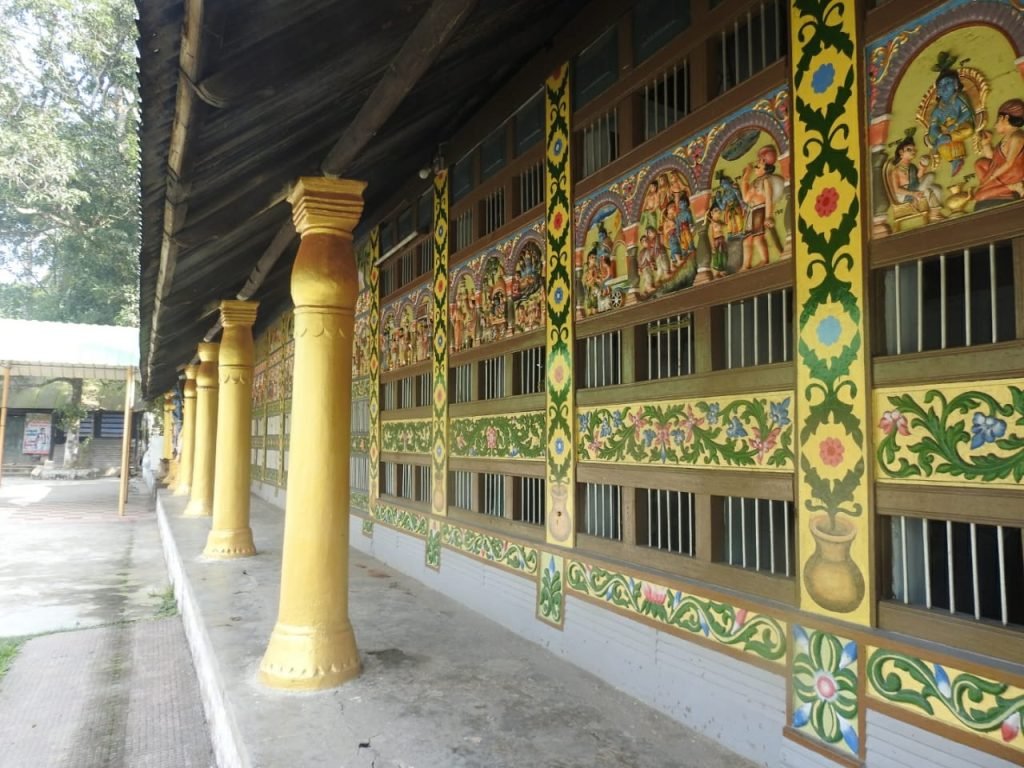Dadara-Pasariya-Singimari near Sualkuchi, about 35 kilometers from Guwahati, is a delightful destination. Not only are these villages home to two-thirds of the world’s population of Greater Adjutant Storks – known as Hargilla in Assamese –they also boast of the acclaimed ‘Hargilla Army’, a troop of 300 women conservationists raised by Smt Purnima Devi Barman.
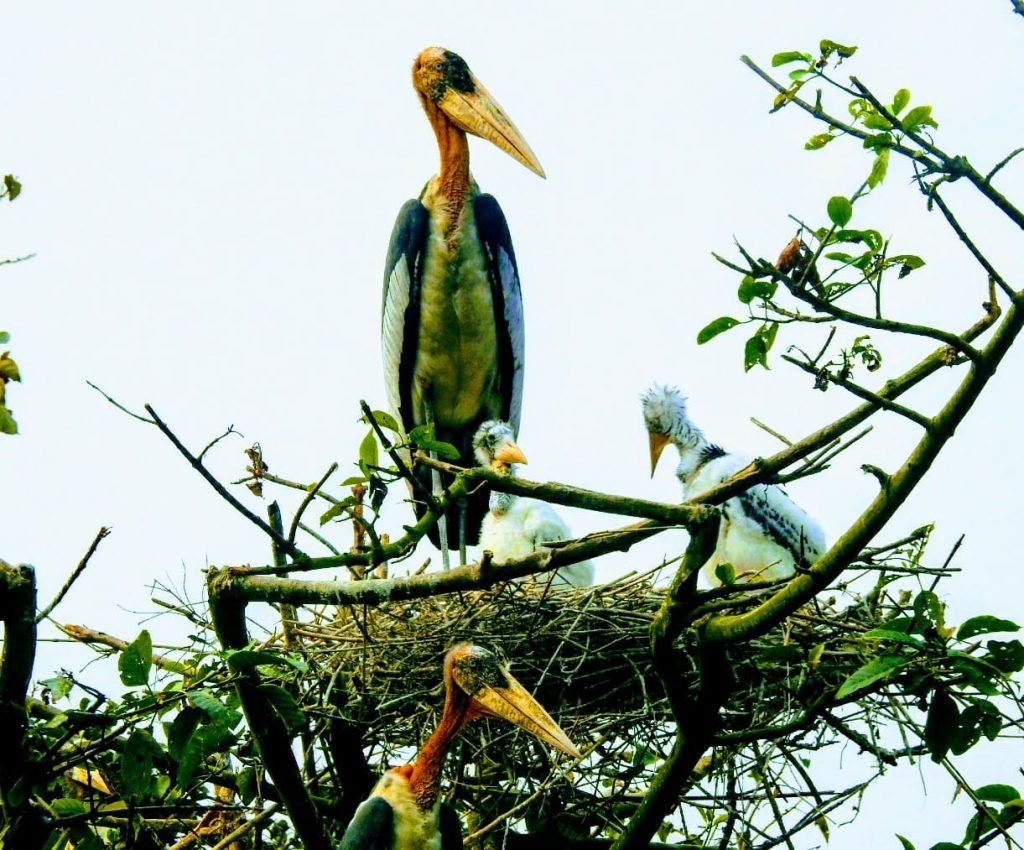
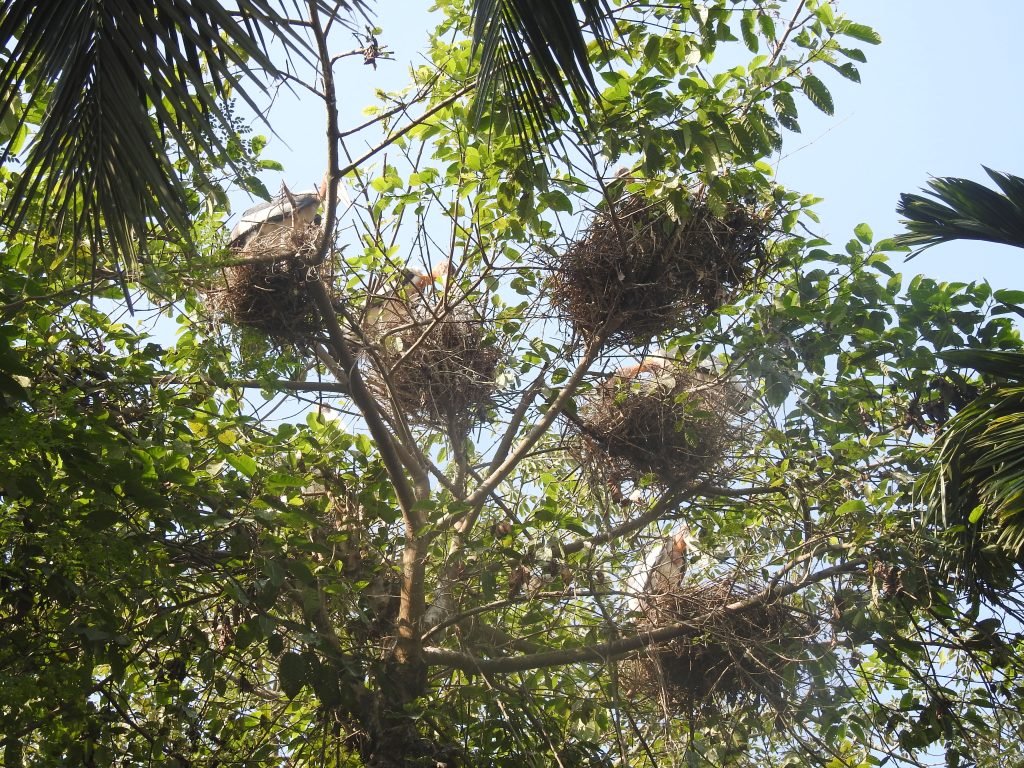

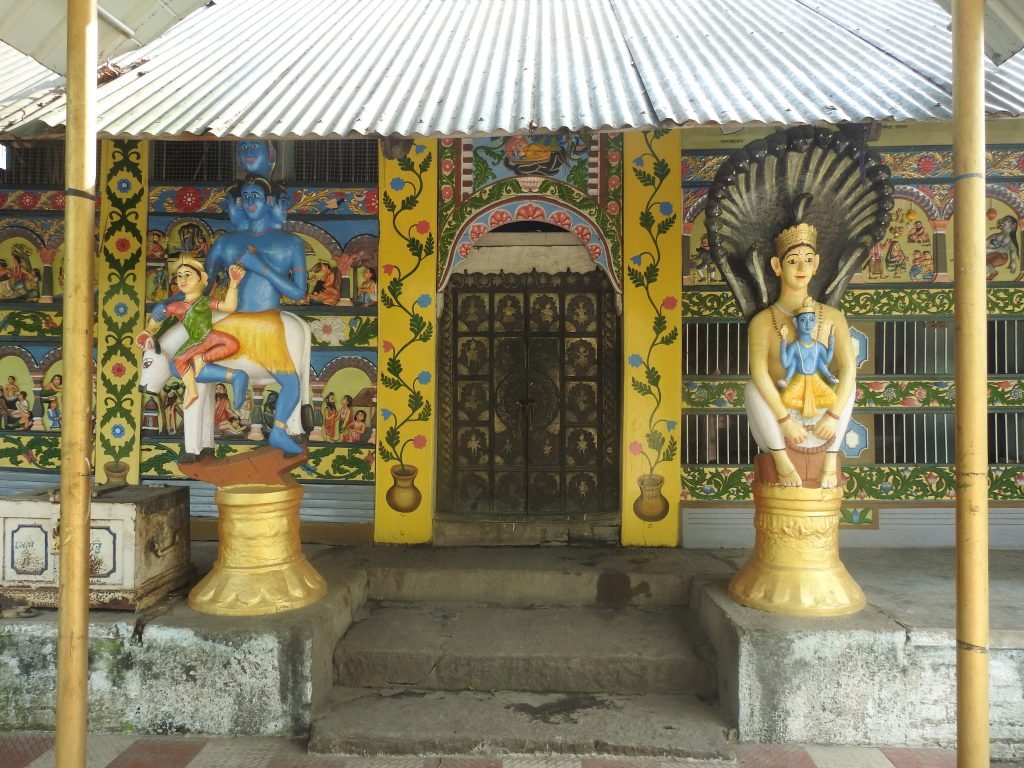
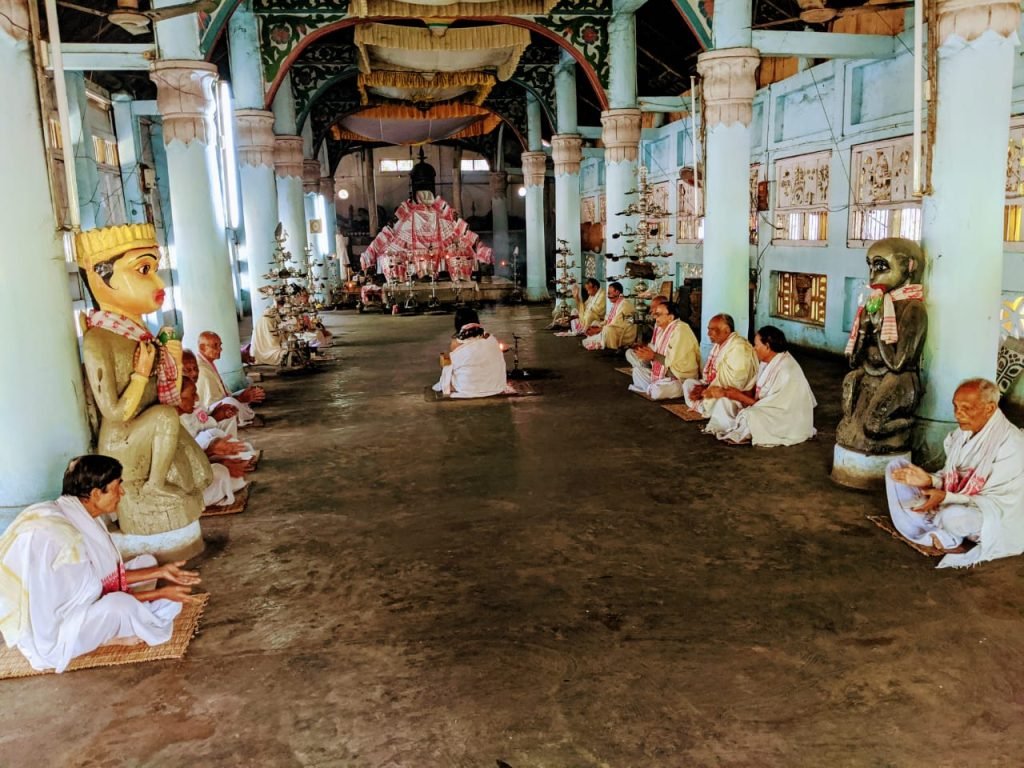
Popularly known as Hargilla Baideo or Stork Sister, Purnima Devi Barman, the winner of the Green Oscar or the prestigious Whitley Award for her efforts to conserve the Greater Adjutant Stork, has inspired what is a once-in-a-lifetime experience for tourists. The sight and sound of her army singing hymns to the clickety-clack of looms weaving Hargilla motifs – a spirited effort to preserve an avian species on the verge of endangerment – can stay in the memory for a long, long time.
A unique endeavour, it has been born of the artistic culture that is the hallmark of the neighbourhood – with Sualkuchi at the centre. The air here resonates with the constant rhythm of shuttle looms crafting the most beautiful of finery. In fact, Sualkuchi, the more famous village among them – known for its dazzling mekhela chadors and skilled weavers – once even led Mahatma Gandhi to exclaim: “Assamese women weave fairy tales in their clothes!”
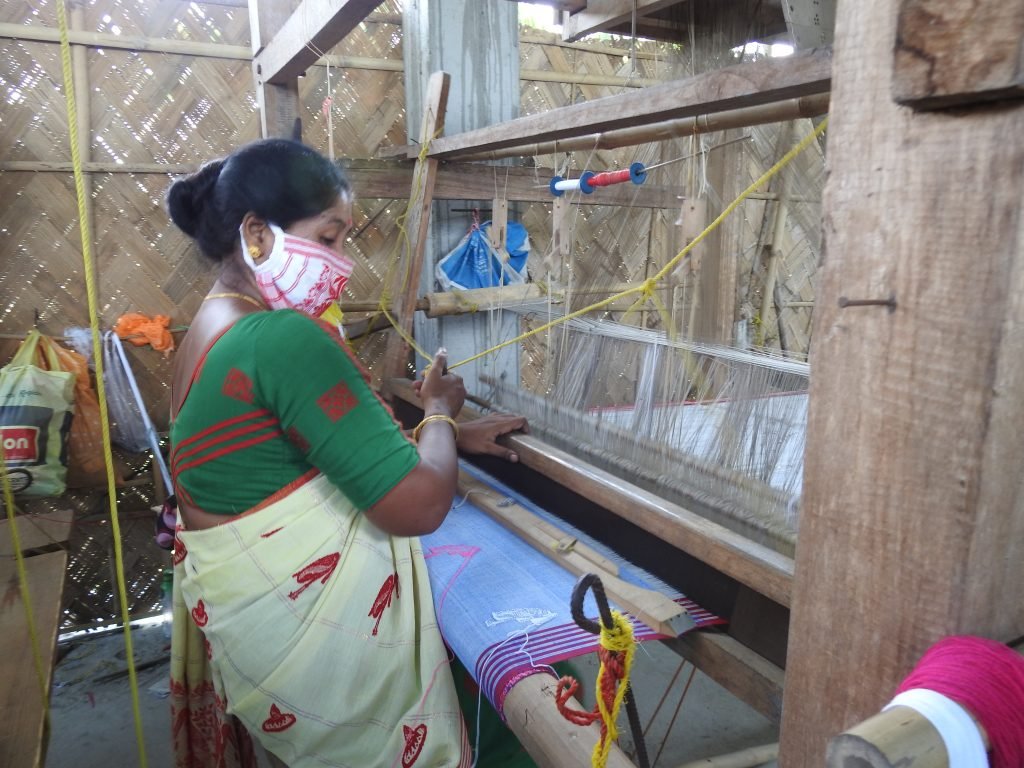
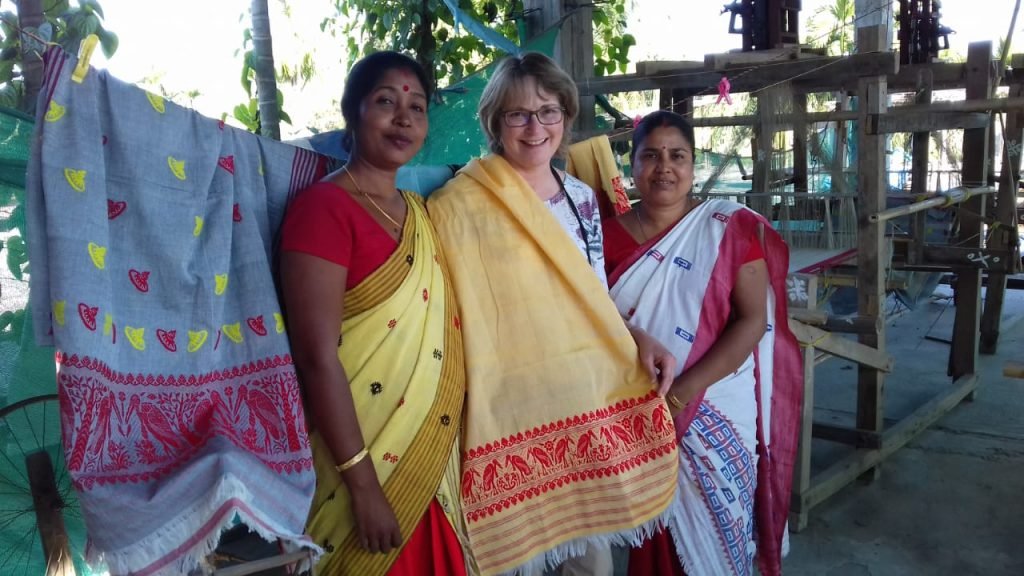
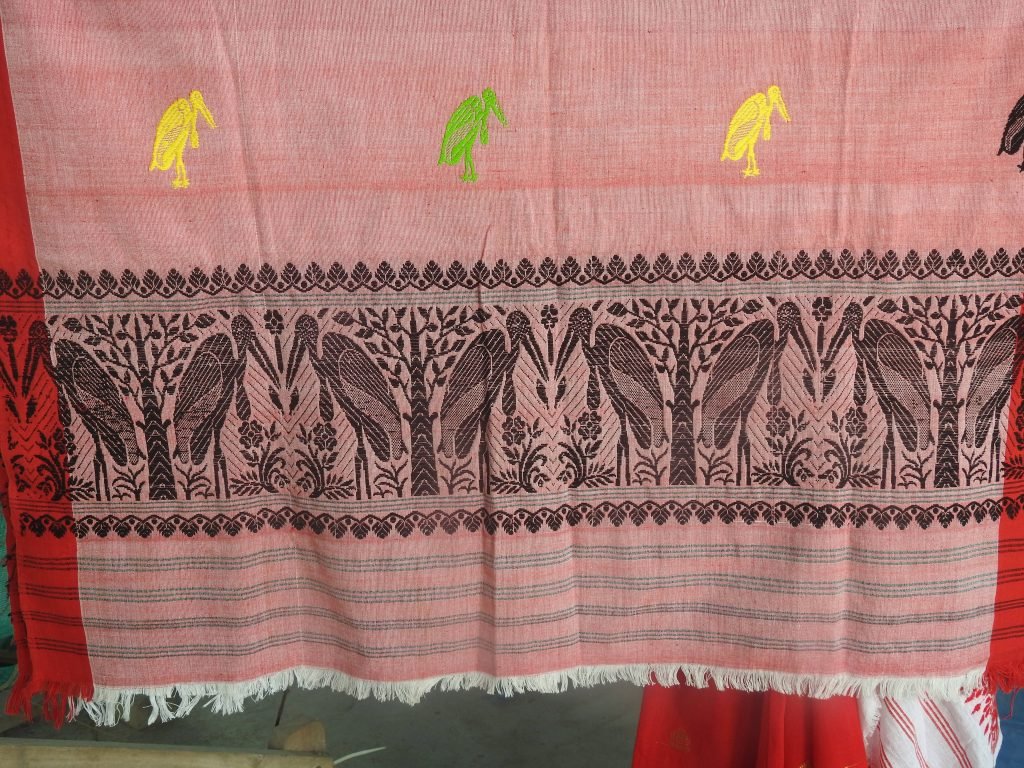
The neighbourhood, however, is not only about the warp and weft of weaves. Art finds expression also in the walls of a 400-year-old monastery Sri Sri Iswar Hati Satra known for daily naam prasanga (community prayers), hosting Holi festivities and the birth and death anniversaries of the two great saints of Assam, Shrimanta Shankardeva and Madhavdeva, the monastery is an intricately-designed, white cylindrical building adorned with a dome (doul), colourful wall sculptures of Lord Krishna in different poses, and a long passage whose walls are filled with miniature art in green, yellow and blue.
